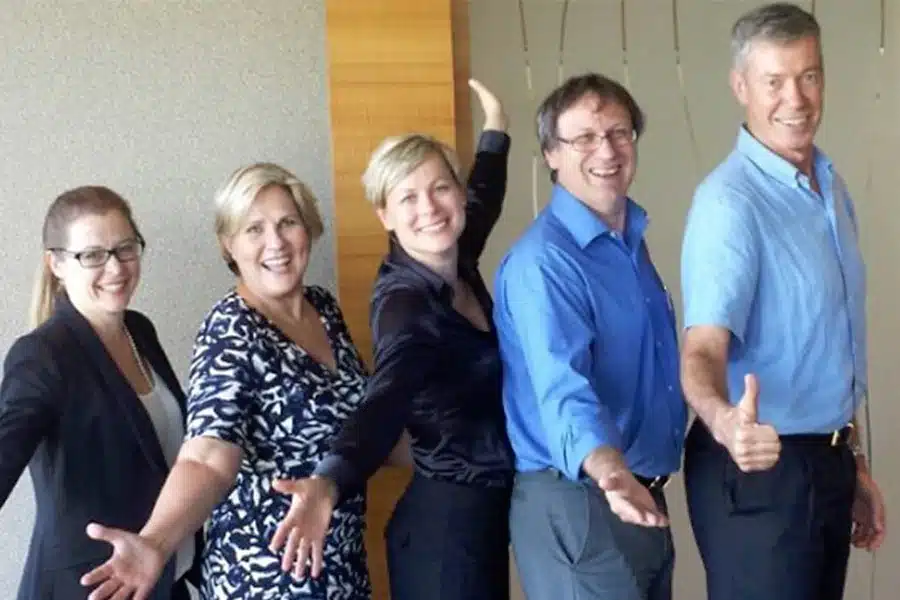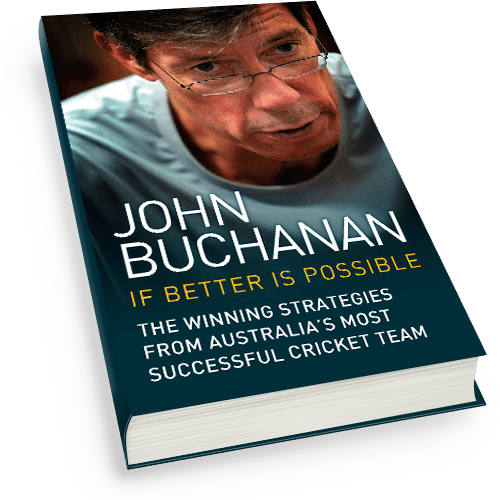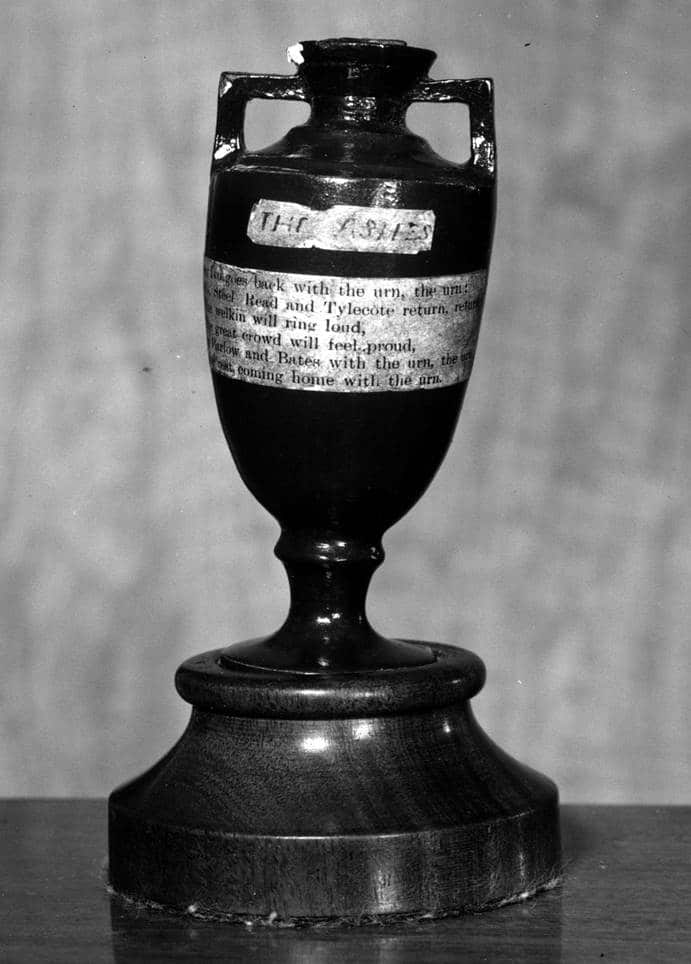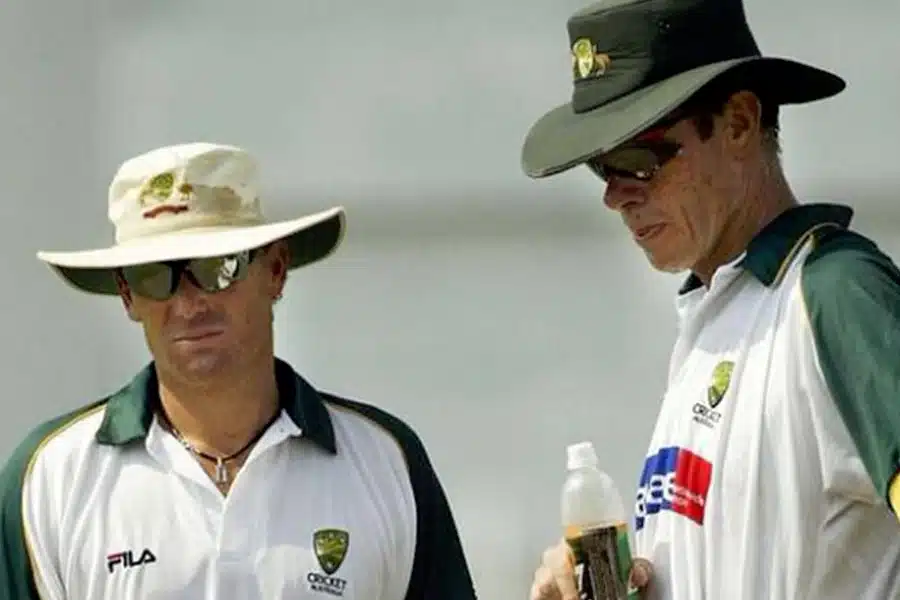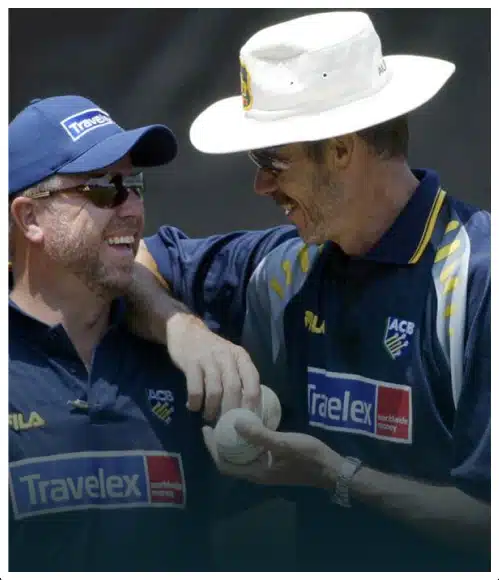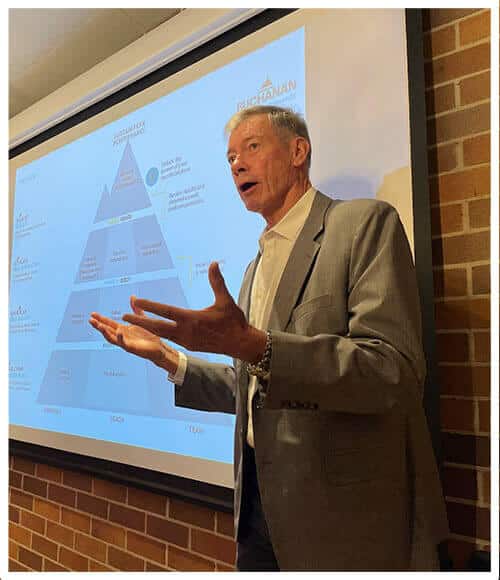What made the Australian cricket team such a successful outfit over a long period of time? The team was able to maintain an unprecedented win ratio of 75 per cent or better in both Tests and One-Day Internationals for more than seven years between Oct 1999 and June 2007. If the numbers were to include the games that were drawn or not completed, then this result rises close to 80 per cent!
An obvious conclusion is that the team had a group of players that were extremely talented, and there is no doubt talent plays a significant part in winning games. However, history suggests that talent alone will not produce these results. Great Australian cricket teams of past eras, such as the Bradman era (The Invincibles), the Chappells-Lillee-Marsh era or the West Indies era of the late 80s, were not able to reach or sustain such a winning percentage over the same length of time.
In his book Sacred Hoops: Spiritual Lessons of a Hardwood Warrior Phil Jackson spoke of the incredible talent in the US basketball team Chicago Bulls when he took over as coach. Players like Michael Jordan, Scottie Pippen and Toni Kukoc formed the nucleus of a side that had more talent on its bench than most other teams, but was still under performing and not winning games it should. It was only after he had players realise that they would be more successful if they worked together – ‘We over I’ – that the Bulls really became a dominant force. And Michael Jordan realized he could rely and trust other players to help win games. However, to achieve this transition from an individualistic selfish approach to one that was more selfless, Coach Jackson needed to change and modify the existing culture within the team.
During my time as coach, the culture of success within the Australian Cricket Team was driven by a number of elements. In this 3 part series of articles, I will outline those which I believe to be the primary ones.
1. The culture resides within and through the team members. The team is not just made up of very good cricketers, it is made up of very good cricketers with character. Matthew Hayden was returned to the Australian team to tour India in February–March 2001 not just because he was a leading contender for the opening batting position, but because Steve Waugh believed he had the type of character needed to battle the demands of a long, tough tour, on and off the field. While Justin Langer always came under fire for his position in the team, there is no other person that any member of the team would rather go into a Test match battle with, than Justin. The Ashes Test of 2001 at The Oval in London was just one example where his fighting character was typically exemplified.
How do we know if people have character; how do we know we’ve got the right person? Within the support staff, we had an American fielding coach, Mike Young, plus a ‘not the traditional’ sports psychologist, Dr Phil Jauncey. They were different to the norm. They didn’t subscribe to the same thinking as most of us who’ve practically been born into cricket. They challenged, they disagreed and they often seemed to talk in a different language. But the reason why they were the right people was in their character – they shared a similar vision and value system for the team; and they had similar philosophies for coaching people. And so, while their messages may be delivered in a different form, and while their approaches were not normal for cricket, I was always very confident that we were all on the same path, even though we might be getting there a different way.
In business, we pay less attention to the character that person will bring to the workspace, compared with the skills we need to get a job done. Business in many cases is driven by getting the job done, and then concern itself with how the team worked afterwards. Such an approach in sport will have some short term success but can never be sustained and is counterproductive to a culture of success.
2. Sitting right alongside character is attitude. Attitude is a generic term for what is imbedded within a person, or in other words, a person’s inherent nature. I believe it to be something one can acquire, but it can never be taught. It comes only to the individual if he or she desires it. Attitude can be a range of emotions born from a range of personal circumstances. Therefore it will be demonstrated in a range of different ways, from positive all the way through to negative. One of the key determinants of a person’s attitude is their value system – what they really value in life, in work, in sport, in society and so on. Within the cricket team there are many important values, and at the same time each person will prioritise values differently. However, it can be said that the values the Australian Cricket Team prioritise were:-
- recognition of the position we have been given to represent Australia;
- aggressive fair play and winning within the rules,
- hard work, honesty and sincerity,
- family,
- being Australian and
- achieving.
In turn then, such a value system is demonstrated in the way the team plays and is perceived. The team was –
- never satisfied with its performances.
- It was always seeking to raise the bar and to constantly improve.
- And it had a never-say-die approach. No matter what the situation, the team always believes it would find a way to win.
Business will often have such charters displayed on desks or walls or on internal media channels – how many display them day in day out…..??
3. Then there are the legends, the truly great players. Within the mix of the team, we were so fortunate to have had the greats in Glenn McGrath and Shane Warne, and those verging on greatness such as Stephen and Mark Waugh, Adam Gilchrist, Ricky Ponting and Matthew Hayden. These players exude success. They have been there and done it!In business, there are legends too – plenty of stories of how deals were done, boardroom baronies brokered, innovations that were game changers, major risk takers who were seen as mad but then heralded as men or women of foresight. Do we take the opportunity to rub shoulders with them? Do we seek to learn their ways?
Please message us your thoughts and comments!
Lead for World Class Performance— Join our Free Mini Course!

